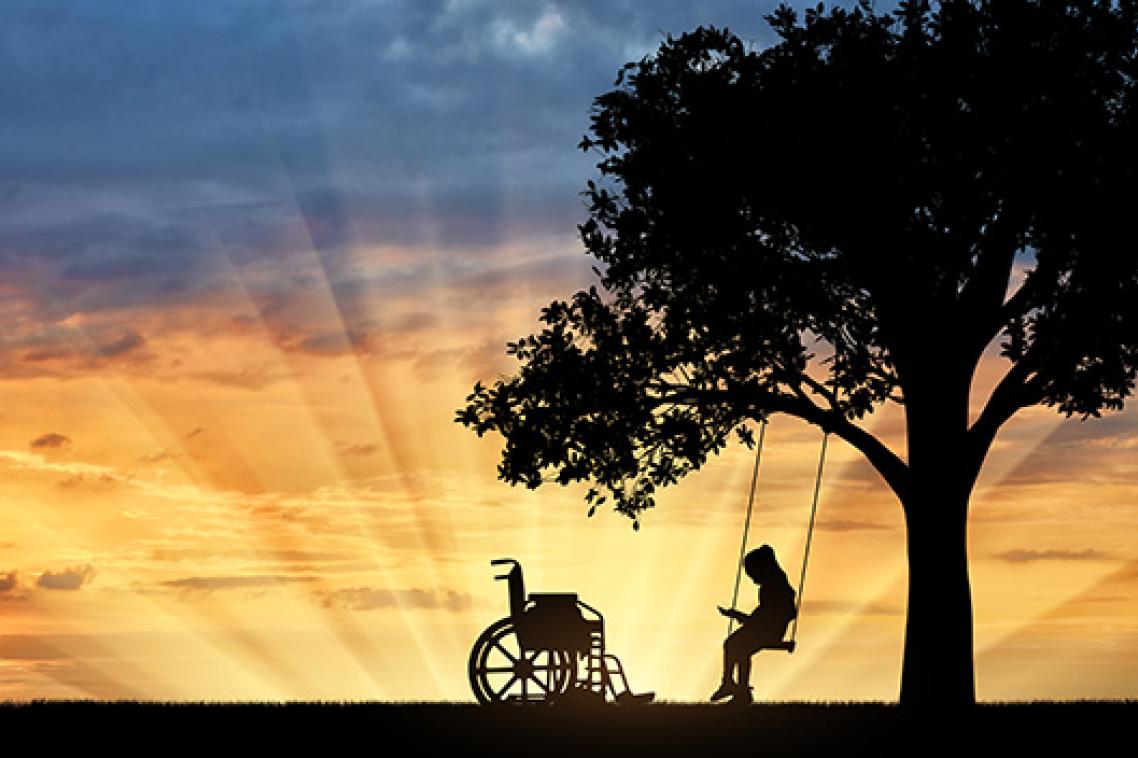'I did it myself' - guidelines to give greater independence to children with cerebral palsy

New International Clinical Practice guidelines for the treatment of children with cerebral palsy (CP) have been drawn up by an expert panel of researchers led by The University of Queensland.
Associate Professor Leanne Sakzewski and Dr Michelle Jackman from UQ’s Queensland Cerebral Palsy and Rehabilitation Research Centre, along with a nation-wide team of health professionals drafted the new international clinical practice guidelines for therapies to improve the life of children and young people with CP.
Dr Sakzewski said the guidelines would make it easier for children and families living with CP to select and use treatments with the best available evidence.
“There are so many different options for therapy and some are supported by evidence and others are not,” she said.
“This gives the first really comprehensive overview of the interventions that have the best evidence to achieve the best outcomes for children.”
CP is the most common physical disability in childhood with around 600 children diagnosed in Australia every year.
It’s caused by damage to the developing brain affecting movement and posture, and children with CP usually require occupational and physiotherapy throughout their life to develop independence in everyday tasks and mobility.
Dr Sakzewski said the new guide provides 13 recommendations for interventions to improve physical function for children with CP and was developed in consultation with children and their families.
“We’ve also been drawing up fact sheets for occupational and physiotherapists to give them an overview of what needs to happen and how therapy should look to be considered best practice,” she said.
“There’ll also be fact sheets for parents to use at NDIS planning meetings.
“My hope would be that this guide allows children to get the best available therapies so that they can achieve their goals.”
The guidelines have been developed in partnership with Cerebral Palsy Alliance.
Professor Iona Novak, the Cerebral Palsy Alliance Chair of Allied Health at The University of Sydney, said there were more than 183 different treatments for CP and the number of choices could be overwhelming for families.
“This is a curated source of information that has been co-written by parents, so it pulls together the things that are most likely to work because every parent wants things that help for their child,” Professor Novak said.
“It filters through the enormous amount of choices and tells parents which ones are most likely to deliver their child’s goals.
“For children with CP one of the most important sentences they ever say is ‘I did it myself’.
“The aim of this guide is to pull together all the interventions that help children to be able to say ‘I did it by myself’.”
Professor Novak said it would also filter out the services that were untested and preyed on vulnerable families.
“There are many sources of treatment that are unresearched but sold to families and they often create a lot of hope but then a lot of guilt if they don’t work,” she said.
“We’ve tried to cut through that type of marketing and provide data on treatments that produce the biggest gains for improving function so parents can make measured choices.”
The guideline has been published in Developmental Medicine & Child Neurology.
Media Contact
UQ Communications
communications@uq.edu.au
0429 056 139
Related articles

Australia needs doctors – so why are hundreds of qualified international physicians unable to work?

Greater attention needed on community service workforce
Media contact
UQ Communications
communications@uq.edu.au
+61 429 056 139
